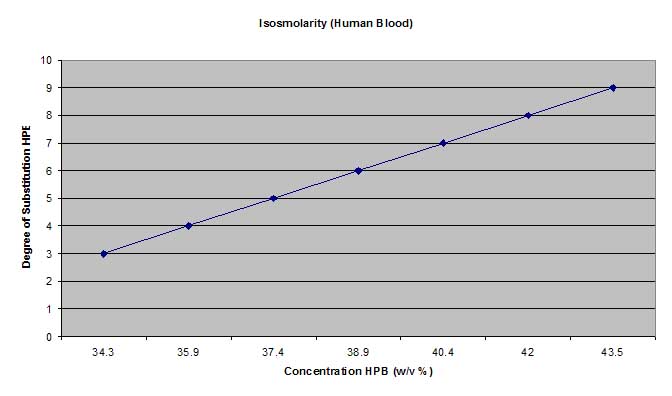
Have you considered improving your medical diagnostic kits with cyclodextrins?
Route of AdministrationCyclodextrins are able to be used via every route of administration possible. Clearly, one must test the particular Cyclodextrin used for the specific route used to ensure safety.
In this section more detail is given for the major categories of oral and parenteral administration. CTD makes available as a report for purchase, information on tox/safety studies done with all the Cyclodextrins. Contact CTD for more information about that report. Oral Administration ORAL DOSING: Cyclodextrin/drug complexes offer two important product advantages for oral preparations – improved bioavailability and reduced irritation. Improved bioavailability is observed for certain drugs which are not fully absorbed or are absorbed in a variable manner due to incomplete dissolution of the drug in the gastrointestinal tract. Reduced irritation of the stomach mucosa is claimed by the Chiesi Group in a B-Cyclodextrin/Piroxicam formulation launched in October 1989 in Italy (BrexinTM for dysmenorrhea). Presumably, the claimed reduction in side effects results from the prevention of physical/chemical interaction of undissolved piroxicam with the lining of the stomach. The product is claimed to have a faster onset of action as well. Cyclodextrins offer the potential for improving the reliability of oral dosing by permitting the use of true solutions of the drug rather than suspensions during manufacture of the tablets or as the final formulation available to the patient. Patient dosing compliance can be improved by using Cyclodextrins to mask objectionable odor and/or taste. Insoluble compounds, which previously could only be given by injection, may now be given sublingually when formulated with Cyclodextrins. Pitha [16] has reported excellent absorption into blood of an HPB/testosterone tablet given sublingually. From the pharmacist's perspective, Cyclodextrin/drug complexes are easily reconstituted (or can be provided in liquid form), eliminating the need for elaborate mixing procedures. OsmolaritySince 10 years of accumulated toxicity and safety data for the parenteral use of HPBCyclodextrin have shown no adverse effects at all above 400 mg/kg in humans and animals, more clinical studies are being done using HPBCyclodextrin as a parenteral excipient. One product, Sporanox®, by Janssen Pharmaceutica, was approved in 2000 for use as an injectable; Sporanox® contains 40% w/v HPBCyclodextrin.Since potential parenteral products have to be compatible with human blood in terms of pH and osmolarity, it is important that the effect on these parameters of the ingredients in a formulation be readily characterized and controllable. In the matter of osmolarity, it was necessary to use an osmometric device to determine osmolarity of aqueous HPBCyclodextrin solutions - not very convenient. The very amorphousness that makes HPB so useful caused it to have, until now, no validated method of computing the osmolarity of its aqueous solutions. Thanks to some thorough experimental work by Dr. Erika Zannou, of Novartis Pharmaceutical Corp. in E. Hanover, N.J. and able consultation from Dr. Valentino Stella of the University of Kansas, Lawrence, KS, a reliable osmolarity of aqueous solutions of HPB, HPG, and six different SBE Cyclodextrins may now be computed. The work is reported in Pharmaceutical Research (2001), volume 18, number 8, page 1226. Thank you Dr. Zannou and Dr. Stella (William H. Streng is also one of the authors of the paper). CTD wishes to make the above osmotic information readily usable for Cyclodextrin formulators. Therefore we respectfully submit the following graphical aid for determining the concentration (w/v %) of THPB-P (CTD's catalog number for hydroxypropyl BCD needed to make up a 286 mOsm aqueous solution when the degree of substitution of the HPB is known. The following equation reported by Dr. Zannou provides computed results within 3% of the experimentally determined values in her study with the HPBCD used - Osmolality = 1.154 times (molality) **1.043 Simply use the graph below for aqueous solutions of hydroxypropyl BCD by finding the degree of substitution on the Y-axis and move laterally from there to an intersection with the 286 mOsm line; drop vertically to the X-axis and read off the concentration (w/v %) that the final THPB-P solution should be.  |